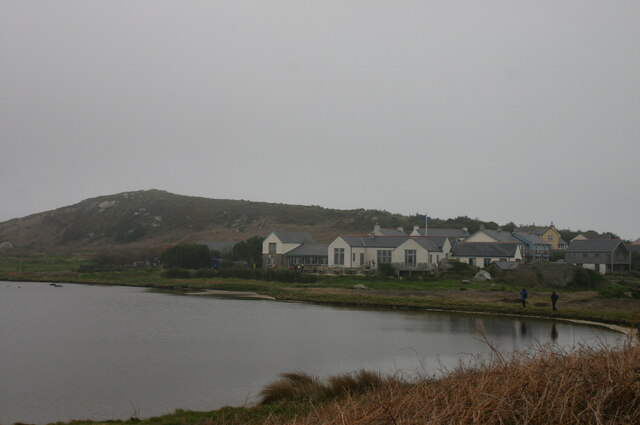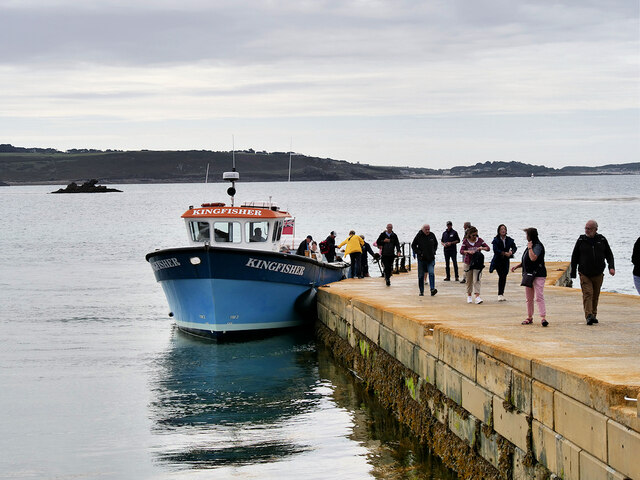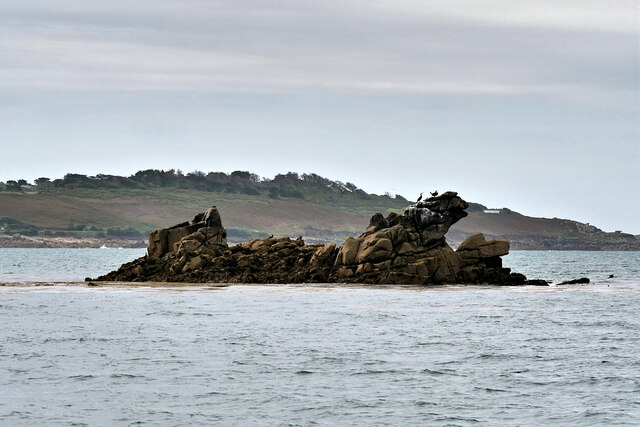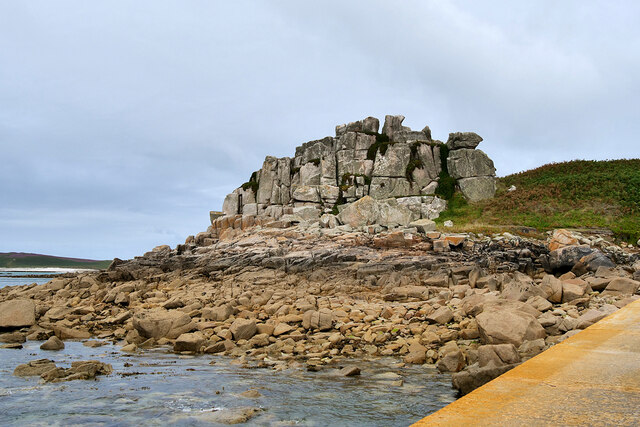Puffin Island
Island in Cornwall
England
Puffin Island

Puffin Island is a small uninhabited island located off the coast of Cornwall, England. Situated in the Celtic Sea, it is one of the many islands in the Isles of Scilly archipelago. The island is approximately 1.5 miles long and covers an area of around 60 acres.
The name "Puffin Island" derives from the large population of puffins that inhabit the island during the breeding season. These colorful seabirds, known for their distinctive appearance and comical behavior, attract visitors and birdwatchers from around the world.
The island is characterized by its rugged and rocky terrain, with steep cliffs that provide nesting sites for various seabird species. Puffin Island is also home to other bird species such as razorbills, guillemots, and gulls.
Due to its uninhabited status, Puffin Island offers a unique opportunity for wildlife enthusiasts to observe these birds in their natural habitat. However, access to the island is restricted during the breeding season to protect the nesting sites and minimize disturbance to the birds.
Visitors can admire the island's natural beauty from the surrounding waters, as boat trips and guided tours are available. These tours often include commentary on the island's history and wildlife, providing visitors with a comprehensive understanding of the area.
Puffin Island, Cornwall, is a haven for bird lovers, offering a rare glimpse into the lives of these fascinating seabirds in a stunning coastal setting.
If you have any feedback on the listing, please let us know in the comments section below.
Puffin Island Images
Images are sourced within 2km of 49.93933/-6.3477328 or Grid Reference SV8813. Thanks to Geograph Open Source API. All images are credited.













Puffin Island is located at Grid Ref: SV8813 (Lat: 49.93933, Lng: -6.3477328)
Division: Isles of Scilly
Unitary Authority: Isles of Scilly
Police Authority: Devon and Cornwall
What 3 Words
///credit.gosh.refreshed. Near Bryher, Isles of Scilly
Nearby Locations
Related Wikis
Samson, Isles of Scilly
Samson (Cornish: (Enys) Sampson) is the largest uninhabited island of the Isles of Scilly, off the southwestern tip of the Cornish peninsula of Great Britain...
Oliver's Battery, Tresco
Oliver's Battery is a ruined artillery battery on the island of Tresco in the Isles of Scilly off of Cornwall, England. It was built by the Parliamentarian...
Tresco Heliport
Tresco Heliport (ICAO: EGHT) is a heliport located on the island of Tresco, in the Isles of Scilly off the southwest coast of England, UK. The heliport...
Tresco Abbey Gardens
Tresco Abbey Gardens are located on the island of Tresco in the Isles of Scilly, United Kingdom. The 17 acre gardens were established by the nineteenth...
Nearby Amenities
Located within 500m of 49.93933,-6.3477328Have you been to Puffin Island?
Leave your review of Puffin Island below (or comments, questions and feedback).





